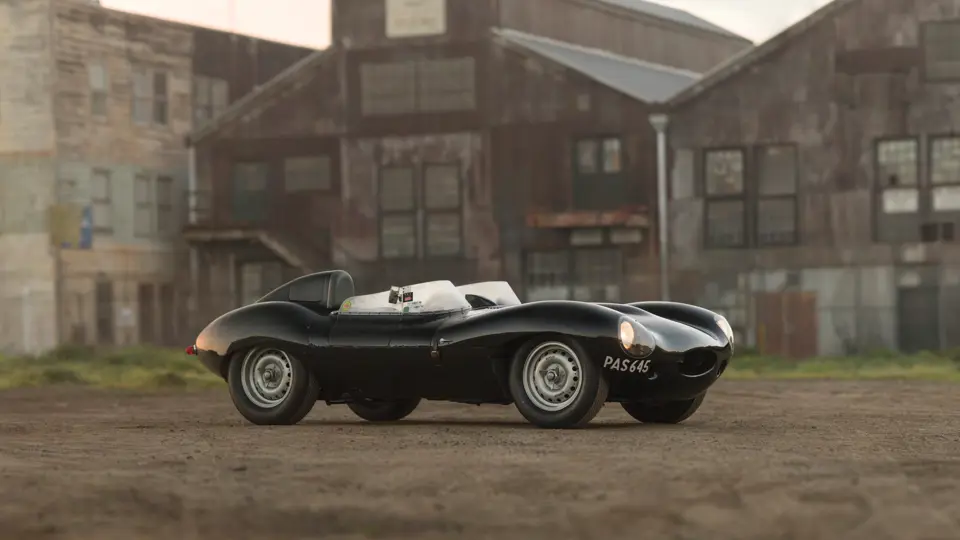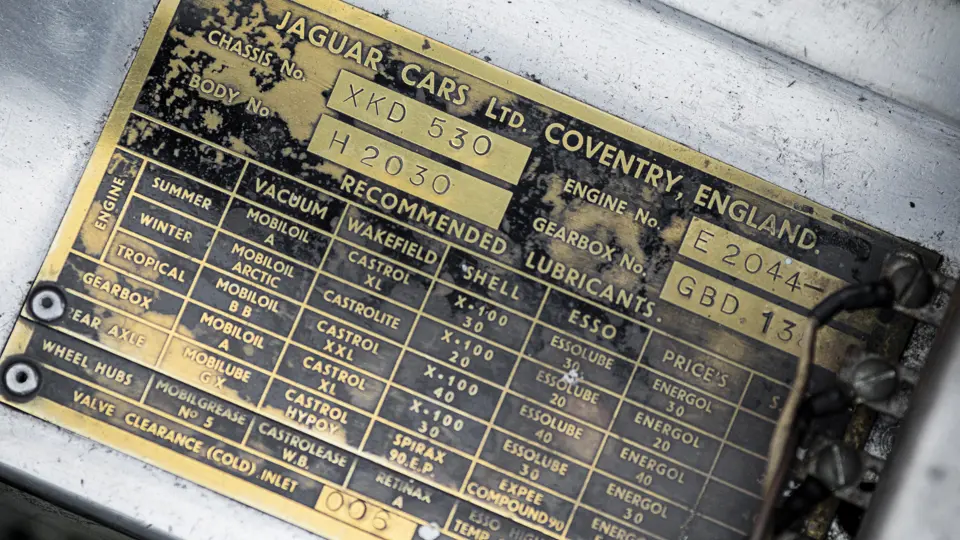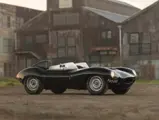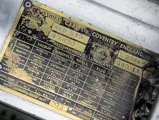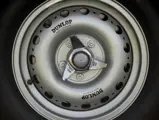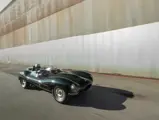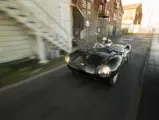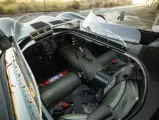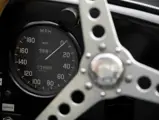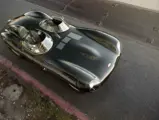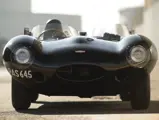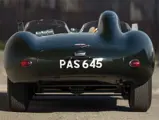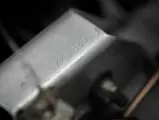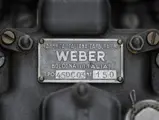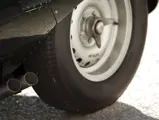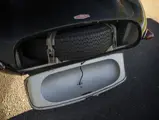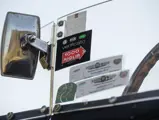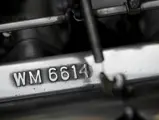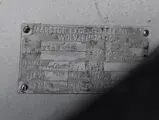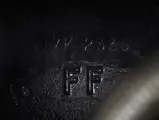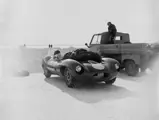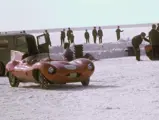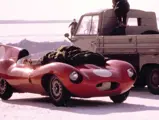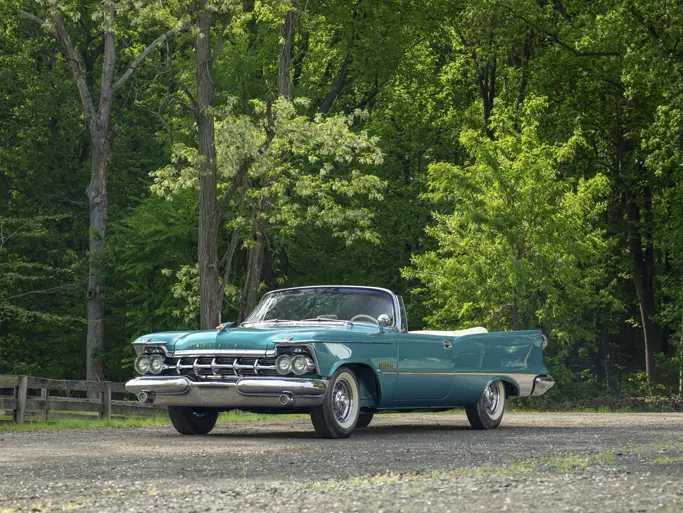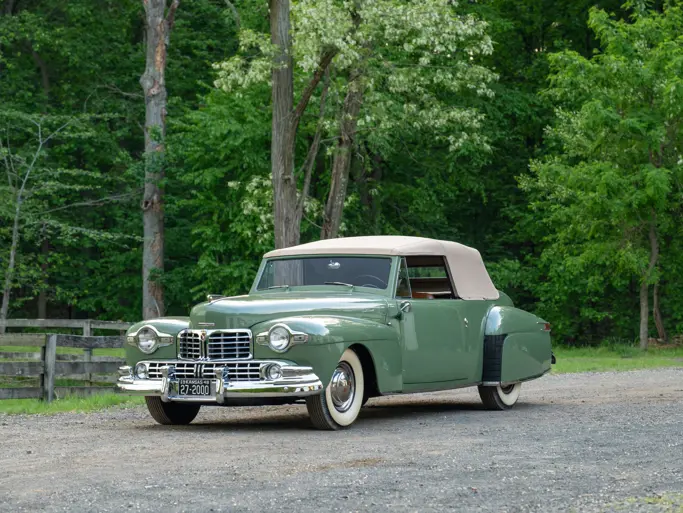
1955 Jaguar D-Type
{{lr.item.text}}
$3,675,000 USD | Sold
{{bidding.lot.reserveStatusFormatted}}
- Extensively documented; multiple in-period 1st place finishes
- Comprehensive restoration in 2003 by noted D-Type expert
- Subject of a five-part feature series in Jaguar World Monthly
- Vintage racing participation, including at the Mille Miglia and Goodwood Revival
- Accompanied by a FIVA Passport, FIA papers, and a JDHT Certificate
Est. 300 bhp, 3,781 cc DOHC inline six-cylinder engine with three Weber 45DCO3 carburetors, four-speed manual transmission, independent front suspension, live rear axle trailing links and transverse torsion bar, and four-wheel disc brakes. Wheelbase: 90.5 in.
When the Jaguar D-Type debuted at the 1954 24 Hours of Le Mans, it finished a narrow 2nd to a 4.9-liter Ferrari V-12. A year later, a D-Type with a long-nosed factory body and a revised motor won the race outright. Although Jaguar retired from racing after the 1956 season, the D-Type continued to flourish in private hands, winning Le Mans in 1956 and 1957 for the Ecurie Ecosse. Although not necessarily well-suited to every type of course, the D-Type proved to be extremely effective on properly surfaced endurance circuits, and it remains one of the most important Le Mans race cars ever built, holding a special place in Coventry lore.
Chassis XKD 530 offers a tale that is surely as intricate and fascinating as any surviving D-Type. This car, one of the fifty-four examples produced for privateer customers, was dispatched from the factory on February 13, 1956, and it was finished in British Racing Green, as confirmed by its Jaguar Daimler Heritage Trust Certificate. The car was retailed through Finnish Jaguar dealer S.M.K. and delivered in April 1956 to Curt Lincoln, of Helsinki, a tennis player on Finland’s Davis Cup team who was known to the racing world for his exploits in F3 midget cars, and a Jaguar C-Type.
As factory documentation reportedly demonstrates, Mr. Lincoln sought to avoid excessive duty on the import; therefore, he instructed Coventry to make the car appear used, so that it would not be subjected to new vehicle tariffs. To this end, the factory brushed the pedals to make them appear worn, replaced the steering wheel with a used one, and adjusted the odometer to misleadingly reflect accrued mileage, among other measures.
Mr. Lincoln primarily campaigned the D-Type at the Elaintarhanajo, Finland’s best-known race of the period, which was run annually between 1932 and 1963 on a two-kilometer track at the heart of Helsinki. With the final drive ratio increased to 3.54:1, XKD 530 was driven by Mr. Lincoln under the banner of his Scuderia Askolin (named for partial owner and timber magnate Carl-Johan Askolin) to a 1st in class finish on May 10, 1956. Later that season, Lincoln again took 1st in class while racing side by side with his C-Type, which he had lent to Vaino Miettinen for the contest.
Other than the 1957 Elaintarhanajo, XKD 530 was used primarily for ice racing following the 1956 season, and team Askolin fitted the tires with 1¾-inch spikes for this purpose. Mr. Lincoln drove the car to 1st place finishes in this fashion on February 24, 1957, and, again, on March 10, after which the car was repainted in Scuderia Askolin’s white and dark blue team livery.
From this point forward, Mr. Lincoln focused on driving his other cars, while XKD 530 was piloted for Askolin by various team drivers. Correspondence suggests that, around this time, Mr. Lincoln contacted the factory with interest in modifying the car to GT class specifications by converting it into an XK-SS road car. Eventually, the decision was made to conduct further race modifications domestically. Coachbuilders Wiima, of Helsinki, were retained to install a full-width windscreen, a new nearside door, and a custom tail fin. The year 1958 saw continued competitive outings, with numerous 1st and 2nd place finishes.
On May 26, 1959, Mr. Lincoln wrote to Jaguar’s racing chief, F.R.W. “Lofty” England, stating that the rigors of ice racing had taken a toll on the car and an overhaul was in order. The D-Type arrived at the Works competition department in Coventry in December 1959, and the engine block was replaced with a factory 3.8-liter example. The 40-millimeter Weber carburetors were replaced with 45-millimeter units, the gearbox and brakes were reconditioned, and the car was repainted in white. Chassis XKD 530 then returned to Scuderia Askolin with a written tag stating “+100 hp,” and Mr. Lincoln resumed racing it, taking the checkered flag twice more in February 1960.
In late 1960, Mr. Lincoln sold XKD 530 to magazine publisher Olli Lyytikainen, who continued to race the car, usually with future international rally driver Timo Makinen at the wheel. The following year, the car experienced one of its most publicized races, when Heimo Hietarinta finished 1st in the Formula Libre Class at the Leningrad Grand Prix on August 27, 1961. Chassis XKD530 is believed to be the only D-Type to have ever raced in the Soviet Union, and the occasion was reported in the September 1961 issue of Finnish magazine Tekniikan Maailma, forever documenting the car’s momentous participation.
In November 1966, chassis XKD 530, no longer competitive on Finland’s ice courses, was sold to English collector Nigel Moores, a historic racing enthusiast who owned a number of D-Types during his life. When the car arrived for him, it showed the symptoms of wear expected from such hard use, and the body had been modified to an open two-seater cockpit with a truncated tail. As rebuilding the original body was deemed to be too prohibitively expensive for a car of such value at that time, it was decided that the later D-Type construction manner, which involved separately bolting a front and rear chassis sub-frame to the monocoque body, afforded the opportunity to remove the damaged body and salvage as many original chassis components as possible.
Mr. Moores’ staff separated the chassis tub, mounted all-new bodywork in the factory long-nose style, and fitted the car with the wide-angle headed D-Type engine that had originally been used by the Cunningham team. The separated monocoque body, the original engine, and the gearbox were put aside and eventually sold, around 1984, to historic racer John Harper, who repaired the coachwork and mounted it on an all-new chassis that mostly consisted of various original Jaguar factory components.
As both resulting cars were stamped with the XKD 530 chassis number, a controversy gradually emerged as to the proper identity of each car and as to which was, in fact, the authentic original car. “Ole Sommer,” a D-Type owner and the proprietor of Sommer’s Veteranbil Museum in Denmark, eloquently summarized the situation in a 1995 letter to Arthur Urciuoli (who acquired the original monocoque car in 1993), writing, “It seems difficult to rectify the situation, unless some benevolent person should decide to purchase both cars and exchange the front sub-frames and the legal documents, resulting in only one single car claiming to be XKD 530.”
This is essentially the path that the previous owner followed after acquiring one car in 1998 and the other in June 2002. As detailed by an extensive five-part feature series written by Paul Skilleter and Jim Patten for Jaguar World Monthly magazine between December 2002 and September 2003, the consignor delivered both cars in late 2002 to Chris Keith-Lucas’s well-regarded CKL Developments in East Sussex. When disassembling both cars, CKL carefully noted the individual part numbers, and after comparing them to original factory parts numbering that had been supplied by a long-time D-Type expert, the parts were separated and color-coded to distinguish which were original to XKD 530 and those used as replacements in either of the two vehicles.
Of course, some doubt had emerged regarding the legitimacy of various claims of the two cars’ individual histories and to which extent each possessed original components. These doubts were put to rest when CKL finally remounted the repaired original monocoque onto the original chassis frame, finding that the original factory bolt holes, which were fortuitously not uniformly drilled, matched precisely, for a form-fitting connection.
Following the mid-2003 completion of CKL’s amazing restoration, which reunited XKD 530’s separated components for the first time in 35 years, the car was taken to Goodwood for some initial laps, and veteran Le Mans driver Mike Salman (who drove several D-Types in period) was asked to join the session and share his thoughts for the JWM feature. Chassis XKD 530 has run the Mille Miglia Storica four times since the restoration, and it has been invited to the 2009 Villa d’Este Concorso d’Eleganza, the 2009 Pebble Beach Concours d’Elegance, and the 2011 Amelia Island Concours d’Elegance. Additional vintage race participation included the 2011 Silverstone Classic’s Stirling Moss Trophy, the 2011 Goodwood Revival Sussex Trophy, and the 2012 Goodwood Revival Sussex Trophy, where the car finished 8th overall and 1st among all D-Type entrants. During its current ownership, the car has been carefully sorted, including work being performed on the fuel and braking systems. It has also been regularly driven and maintained to ensure that it is ready for reliable road use.
Chassis XKD 530 is accompanied by a FIVA Passport and FIA papers, and it features its original engine, transmission, chassis frame, monocoque body, and brake calipers. It is believed to be one of the most original examples extant, and it has been carefully scrutinized by some of the niche’s leading experts, resulting in a very complete car of utmost authenticity.
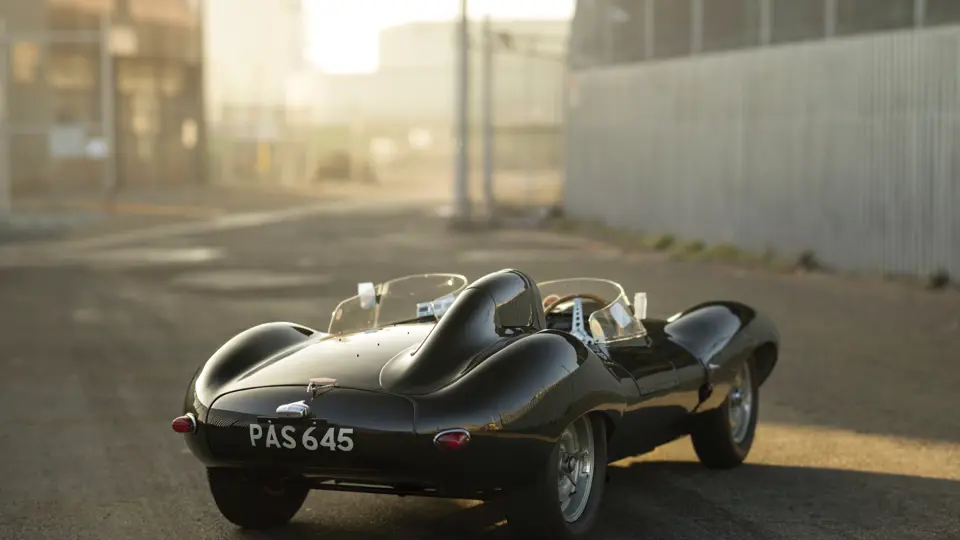



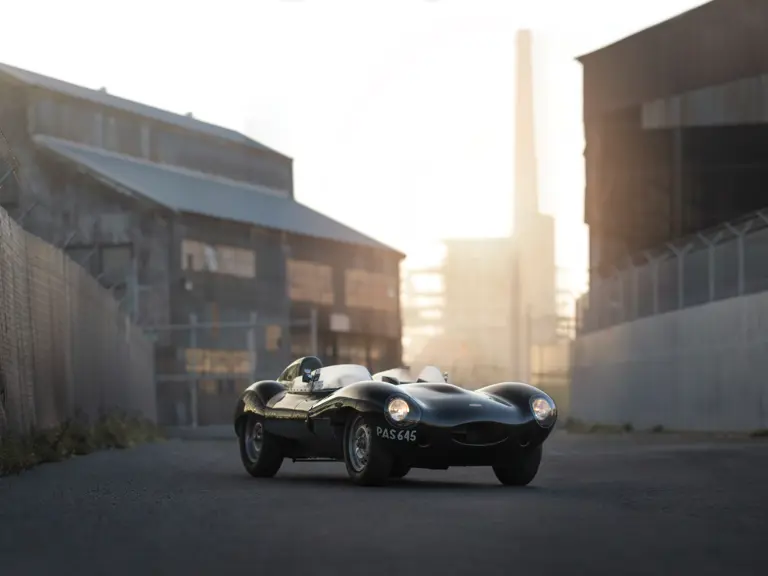

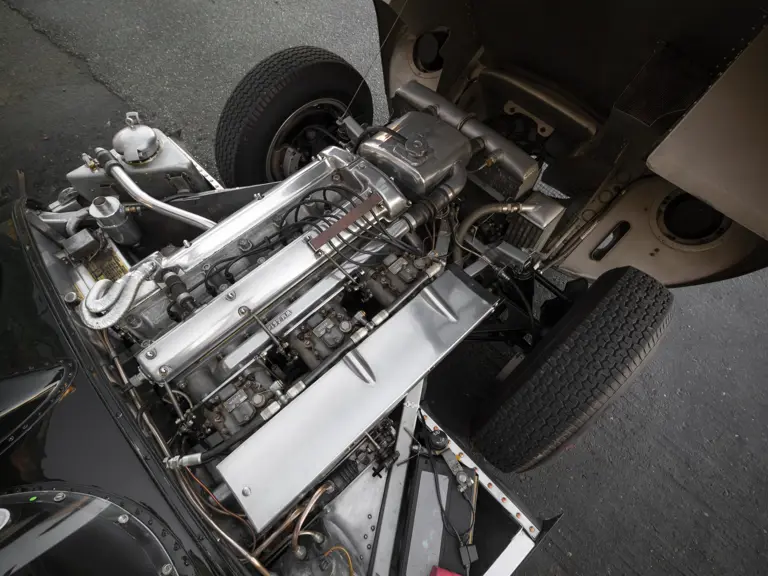
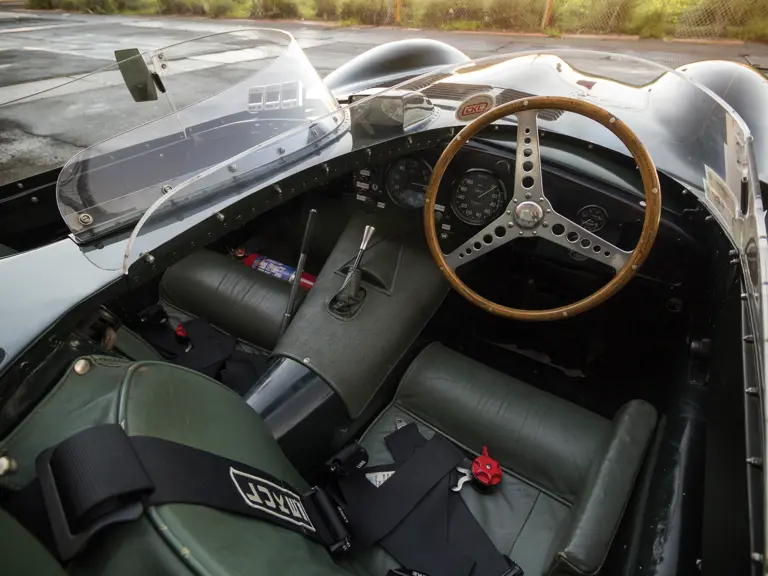
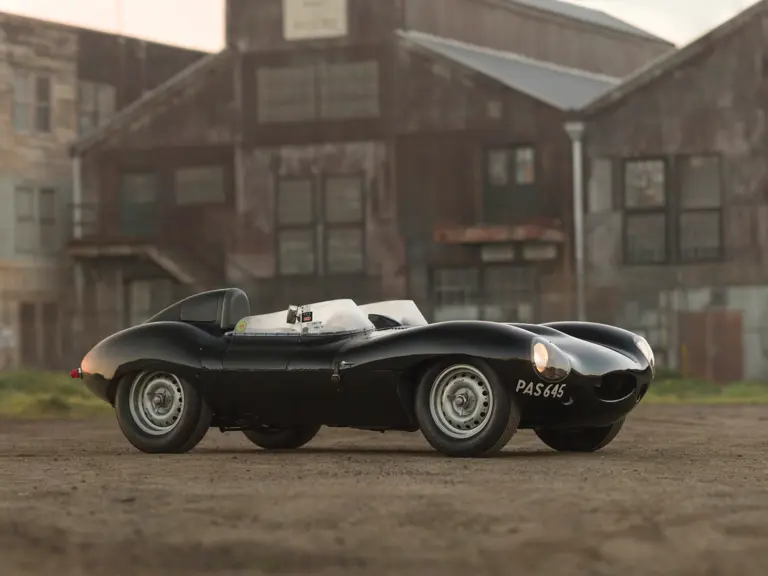
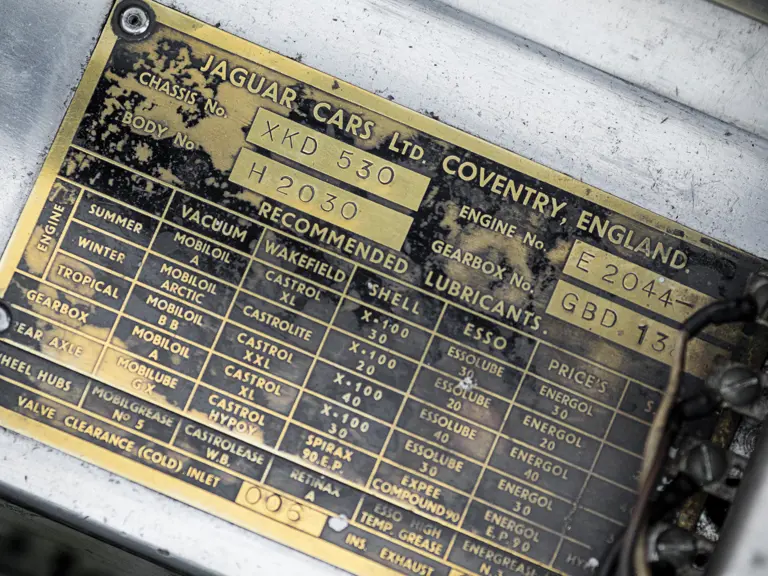
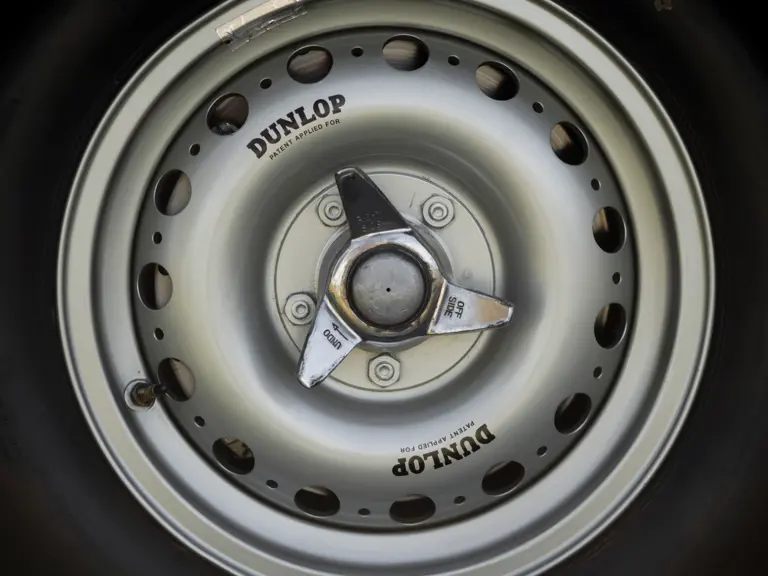
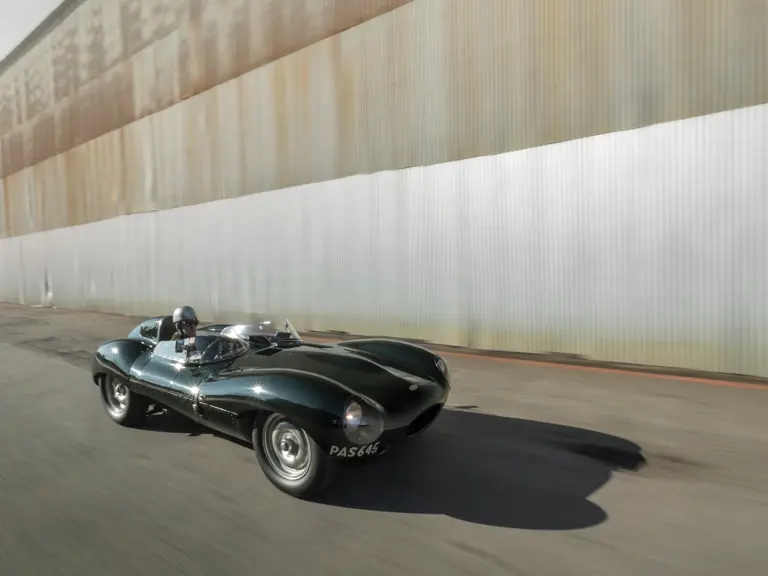
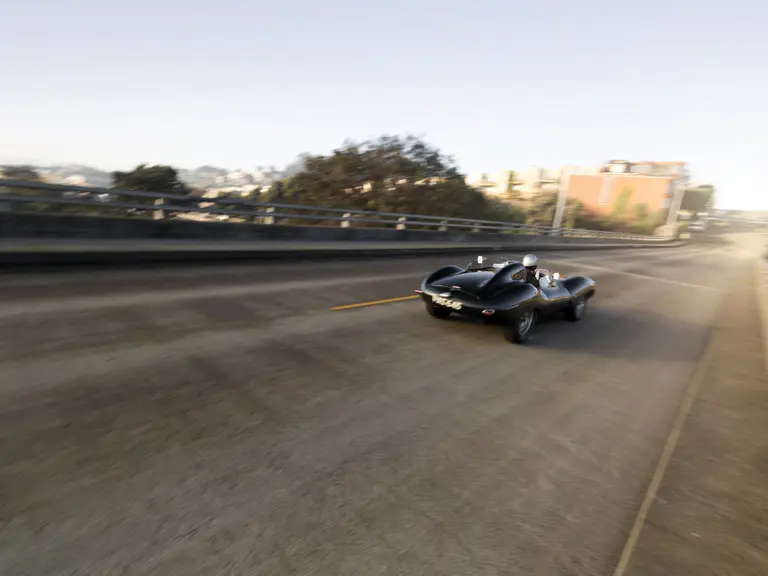
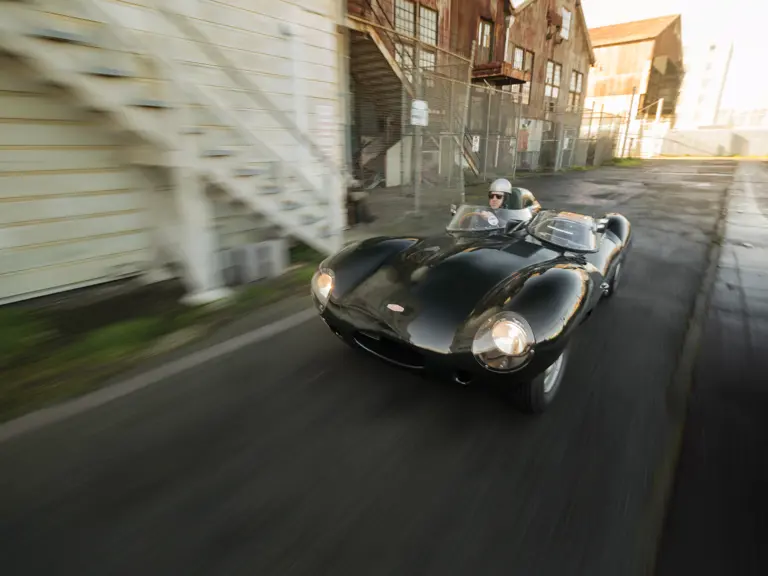
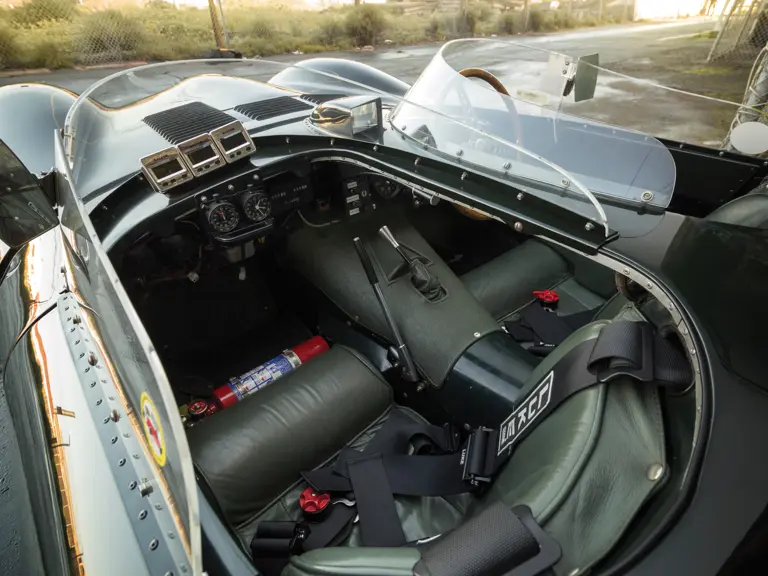
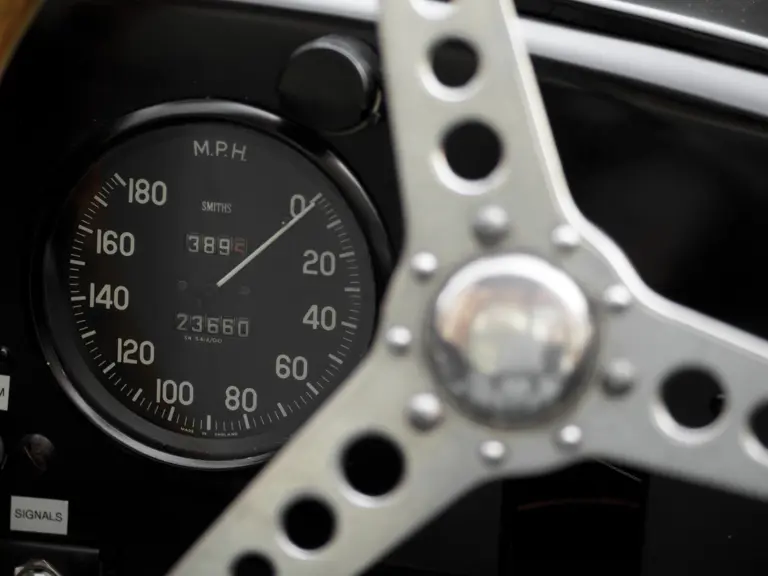
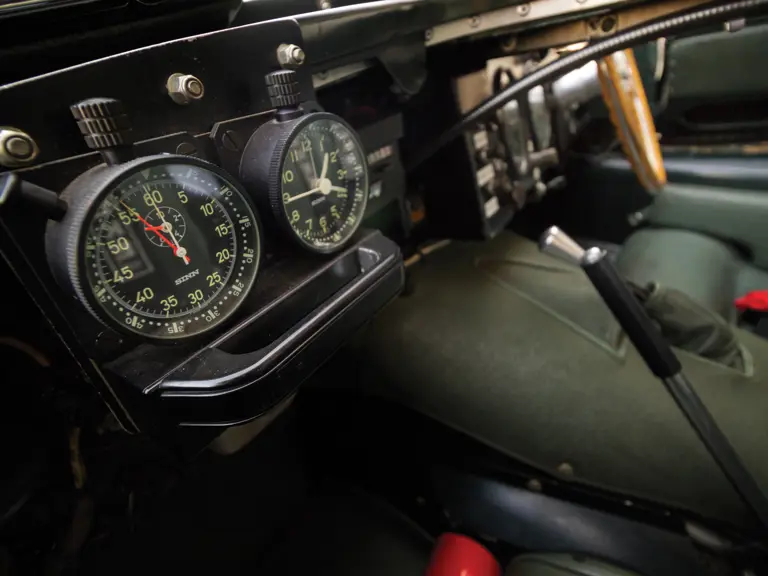
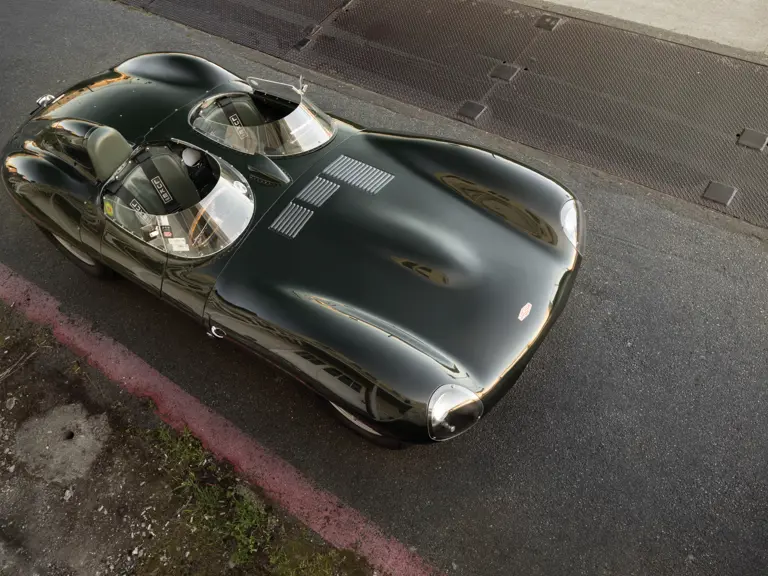
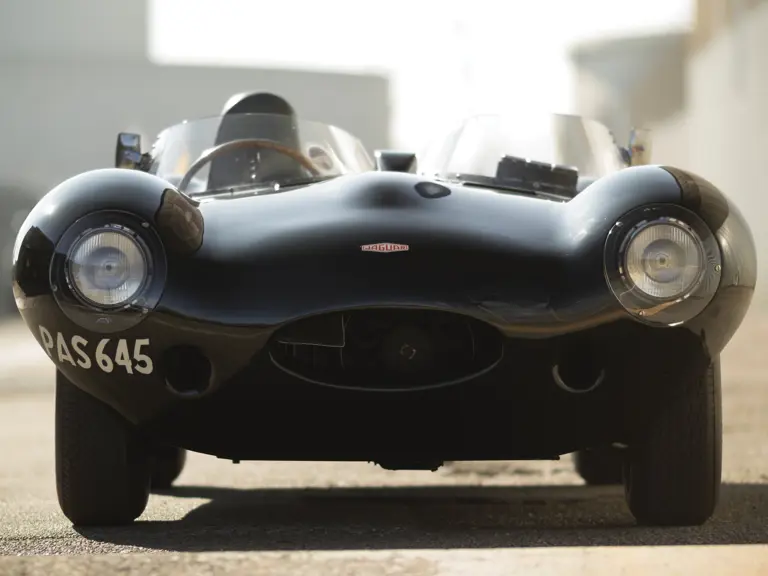
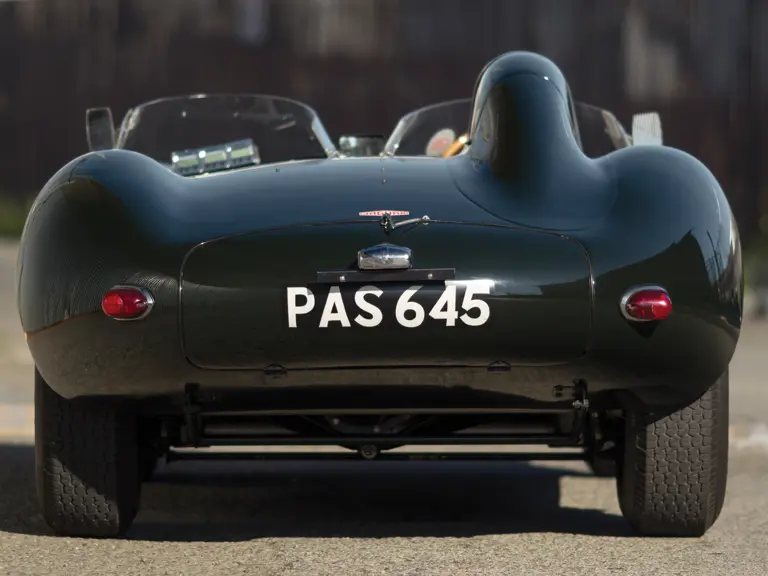
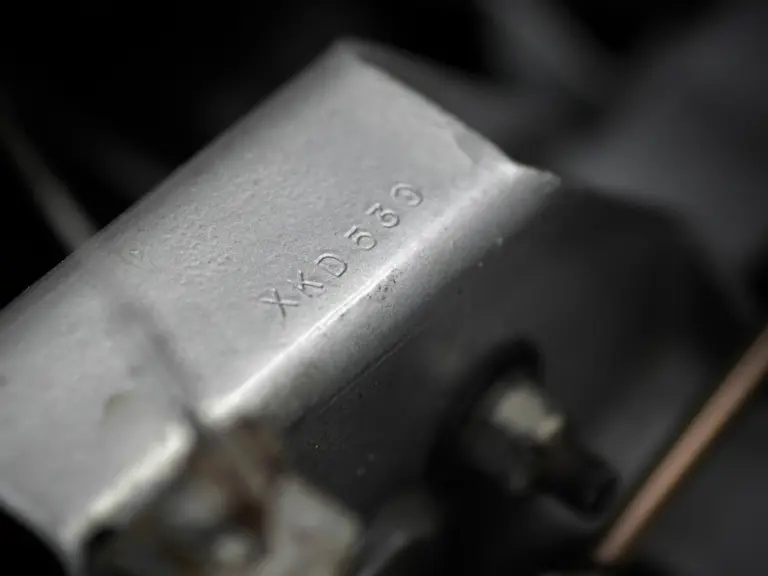
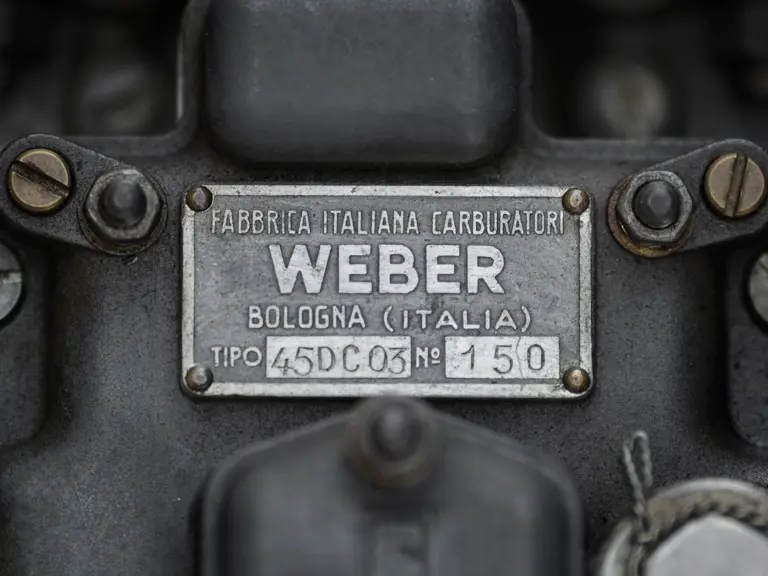
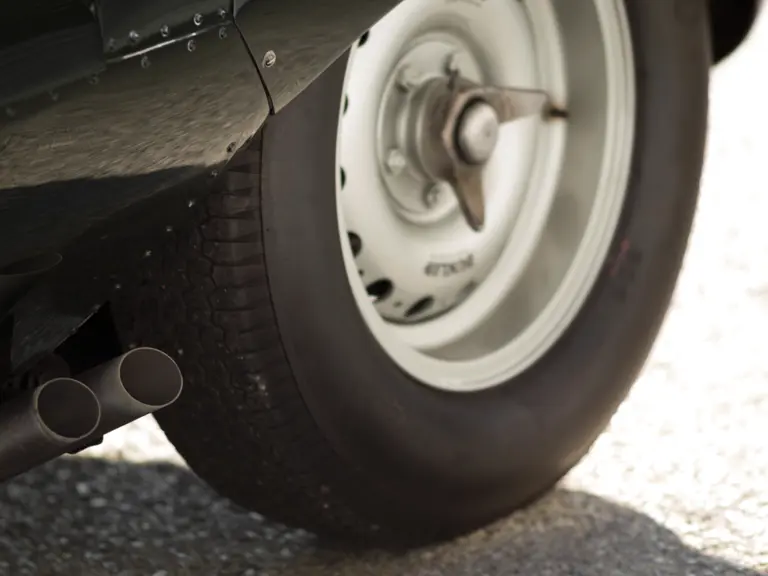
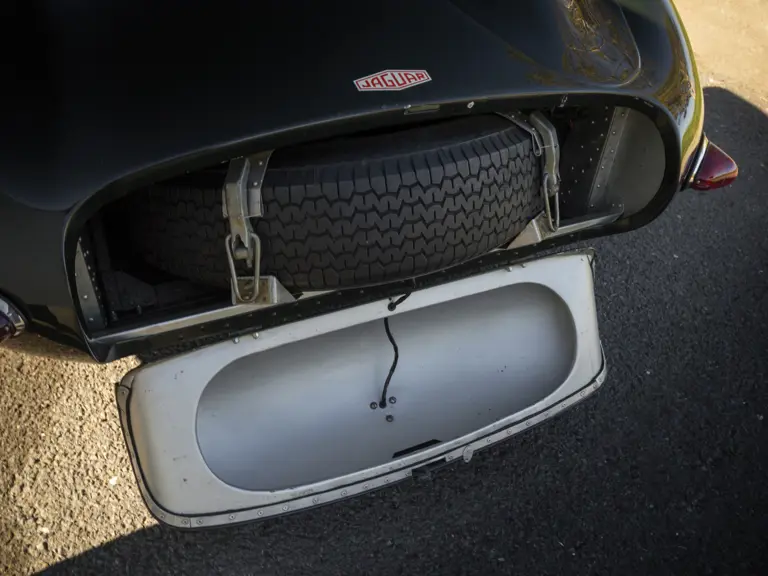

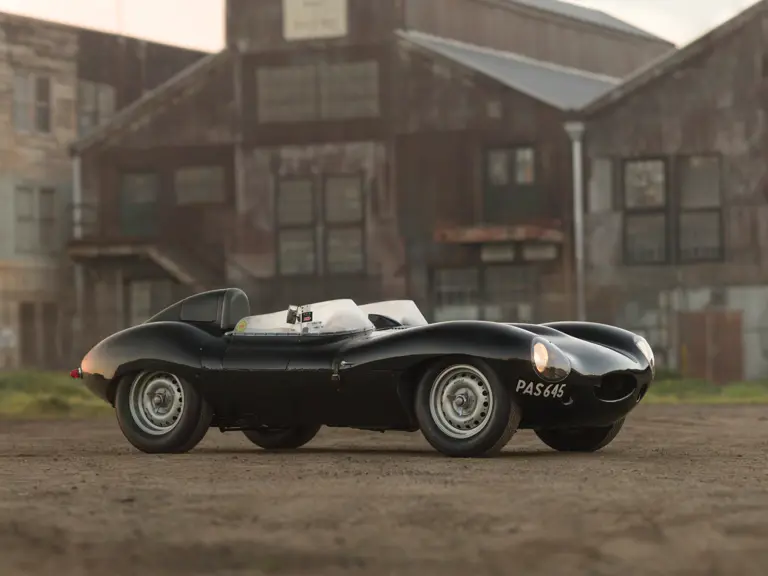

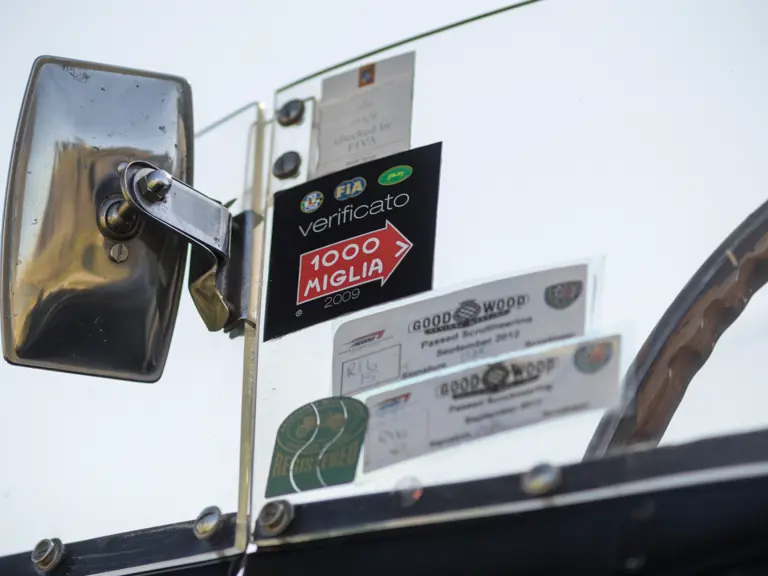
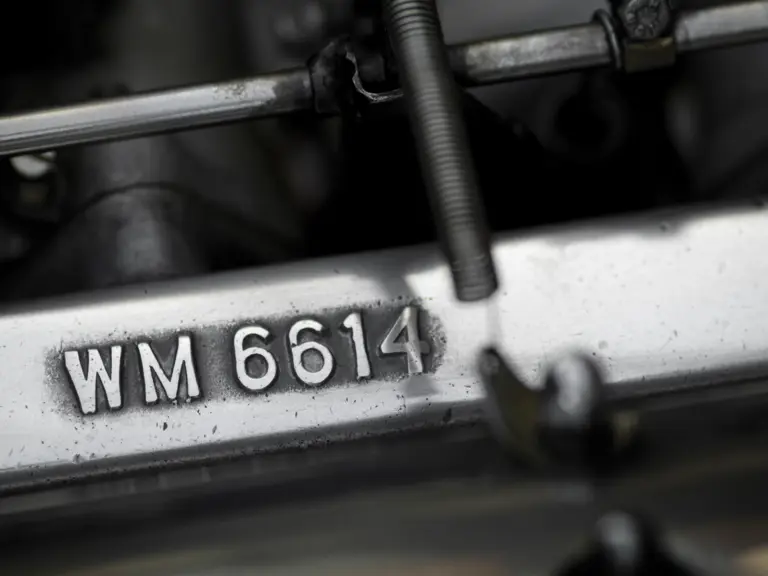
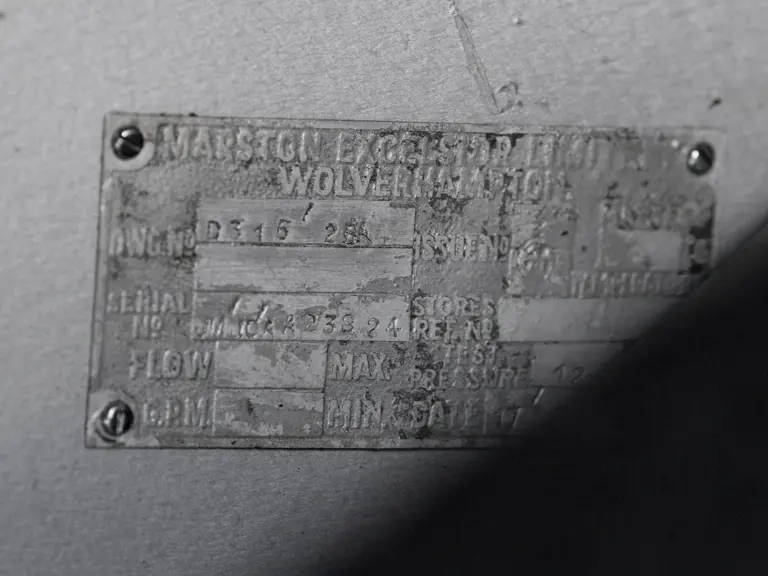
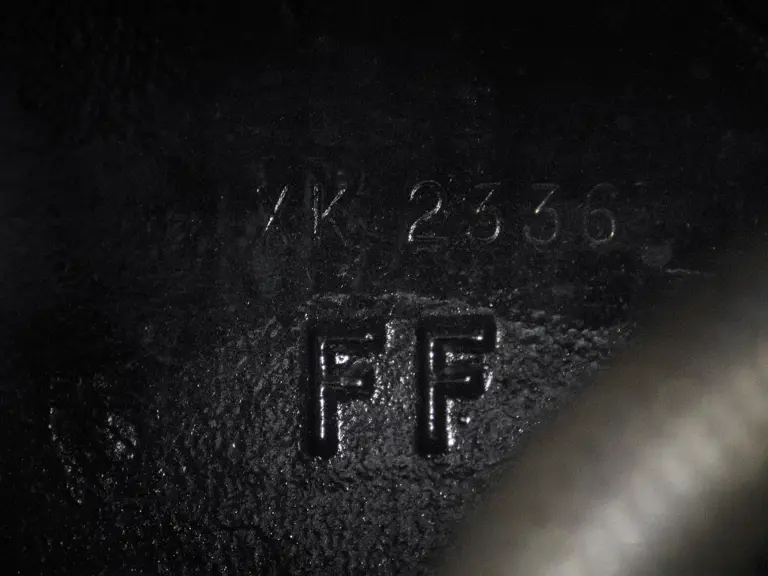
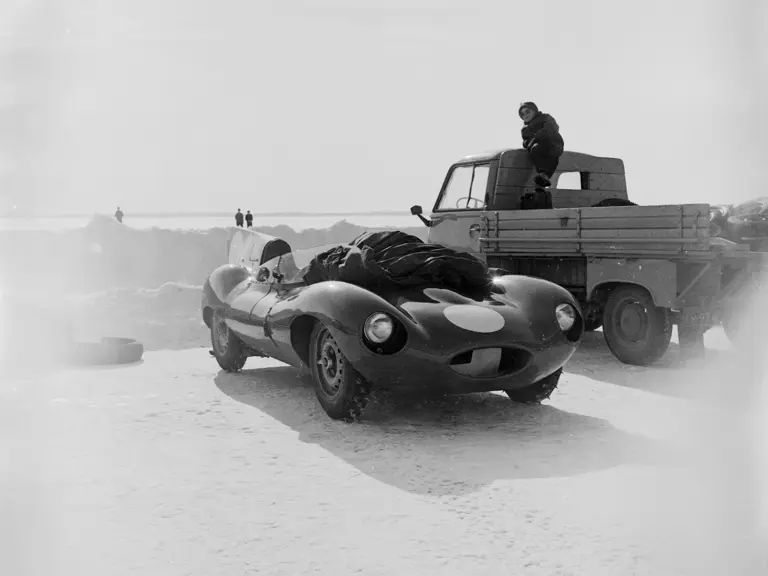
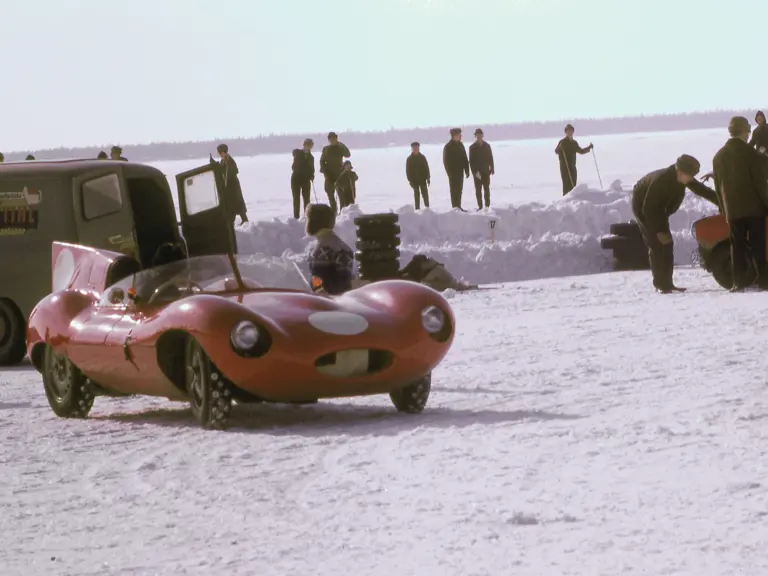
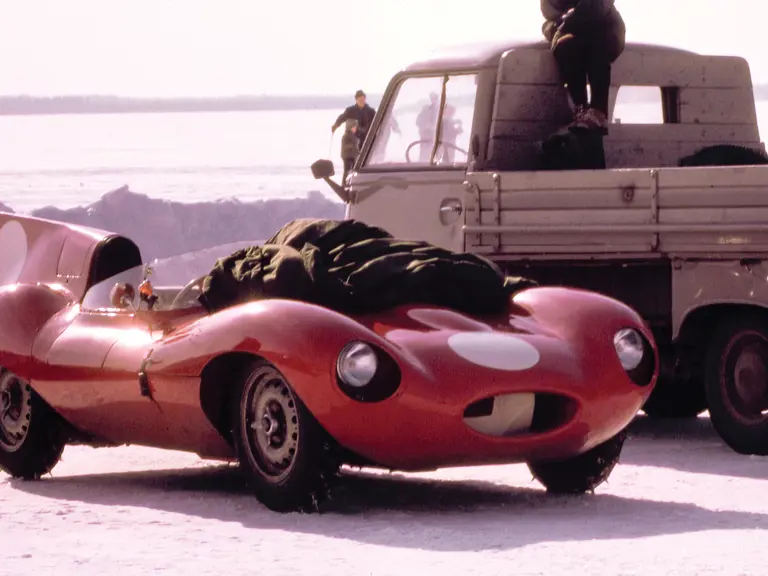
 | Amelia Island, Florida
| Amelia Island, Florida
